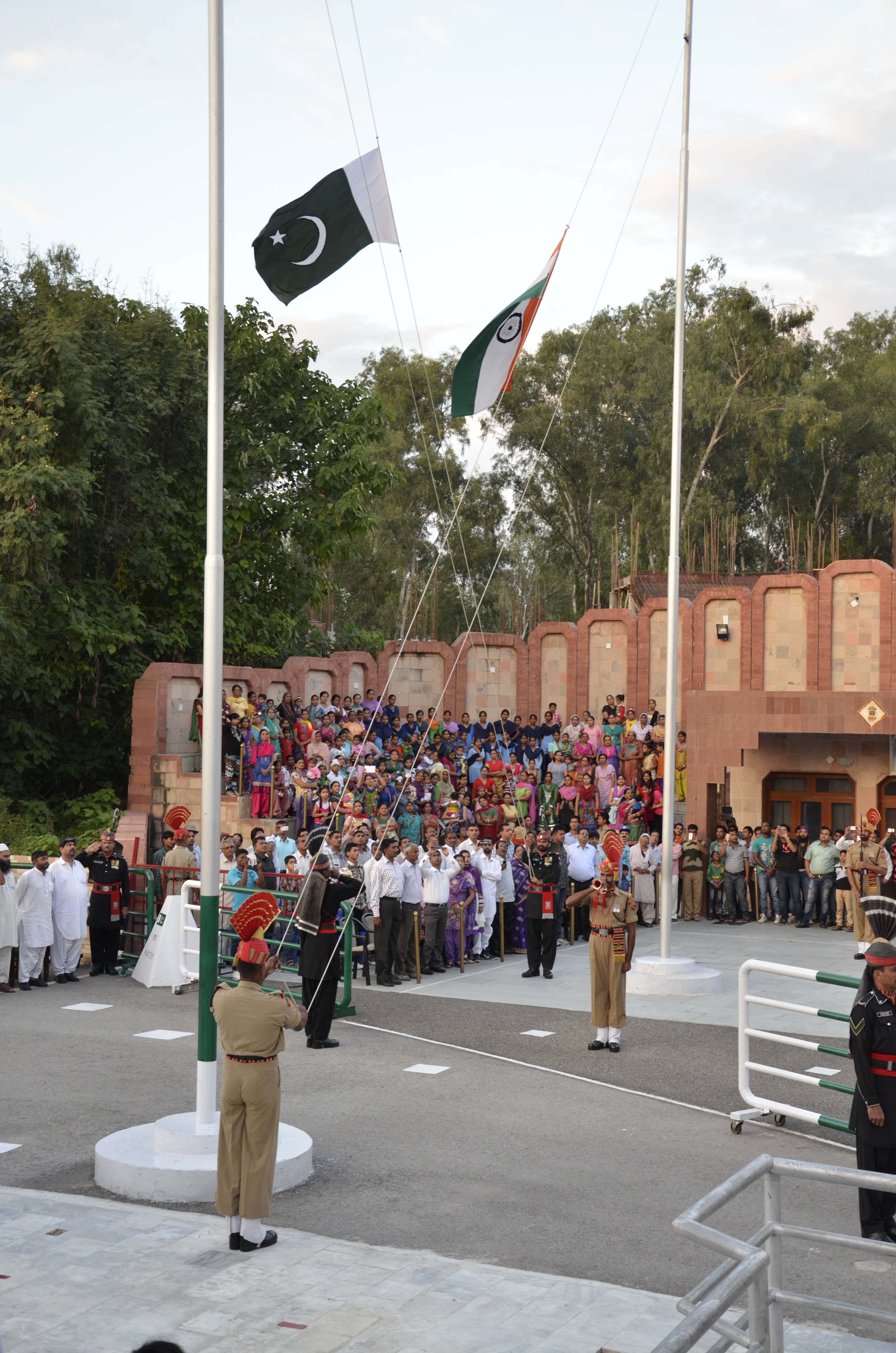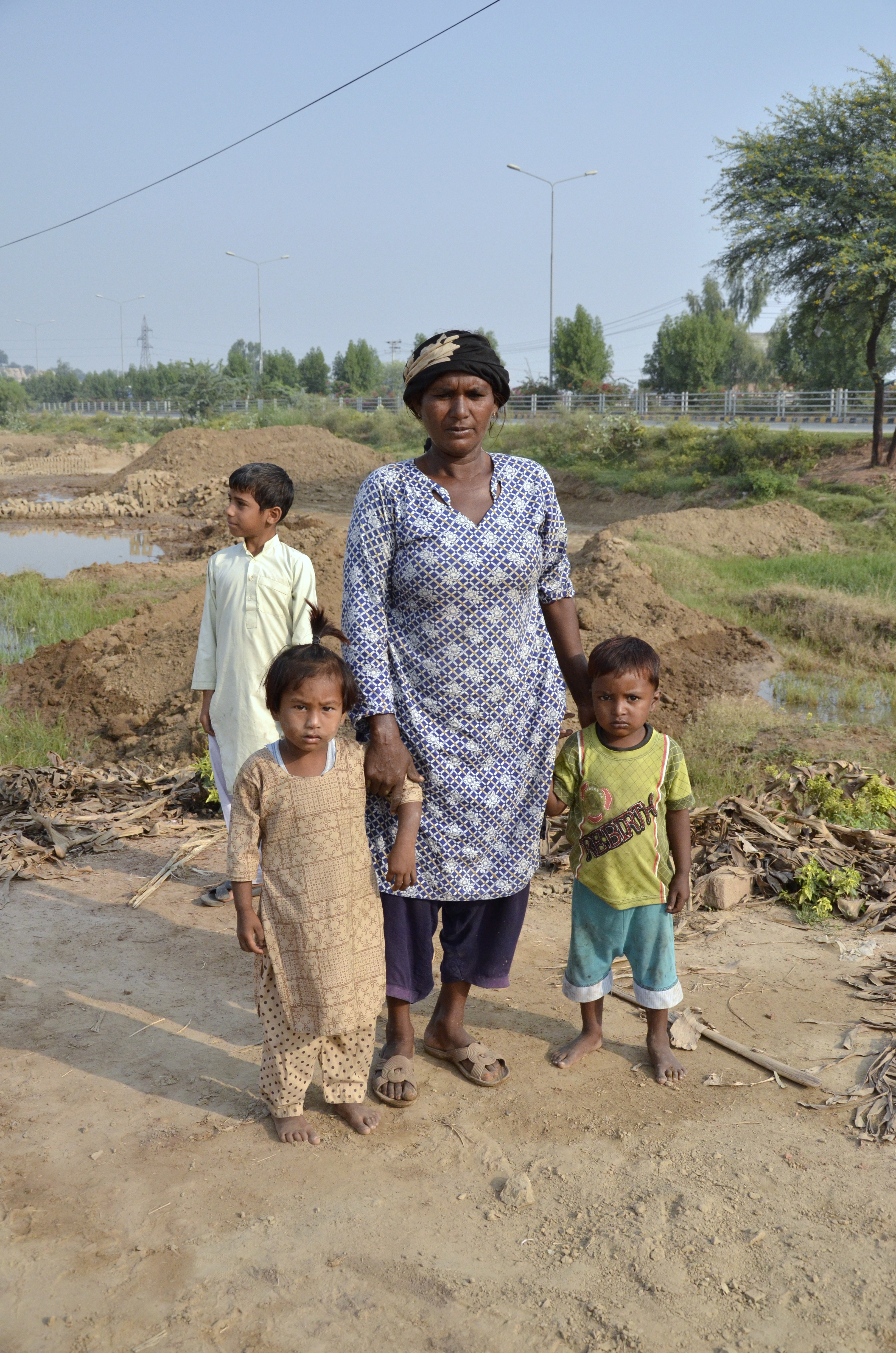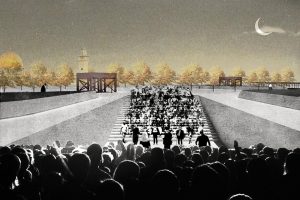ABSTRACT by Anam Khan
The separation between Pakistan and India in 1947 was a direct result of the struggle between two different religious groups in the region; Hindus, and Muslims. Of all the provinces split, Punjab was the only one province that was split between the two nations. This division caused one of the biggest migrations in history, affecting about 10 million people. People left behind their homes, their lives, and beloved religious buildings to start fresh in a new, unknown land. This intermingling of people at the time of the partition, resulted in a displaced variety of cultural and religious practices.
To this day, Punjab’s rural population suffers from caste system marriages, female infanticide, and oppression of women, including a lack of educational opportunities for females. Many rural families believe that if their women are educated, social risk can rise. In some cases, these ancient cultural traditions are mistakenly thought to be religious obligations.
77.1% of Kasur district’s population lives in rural areas and 47.64% of Kasur’s population is female. Of the rural female population, only 32.7% are literate, compared to 55.2% of the males. More than half of the female population in Kasur is thus deprived of an education as a result, and many are married at a young age with expectations to start a family. These young women cannot read or write the language they speak, and many become victims of domestic violence.
A design for a skill development institution is suggested to address the social, cultural and economical challenges faced by the impoverished female population of rural Punjab, Pakistan. The proposal is situated in the town of Kasur with a program aimed at teaching independence.
Supervisor:
Rick Haldenby, University of Waterloo
Committee Members:
Ryszard Sliwka, University of Waterloo
Dr. Tammy Gaber, Laurentian University
External Reader:
Janna Levitt, Levitt Goodman Architects
The defence examination will take place: Monday, July 21, 2014 6:00 PM ARC 2026
I am a graduate student at the University of Waterloo School of Architecture, currently completing my MArch thesis on the design and collective memory of Indian residential schools in Canada.








Leave a Reply